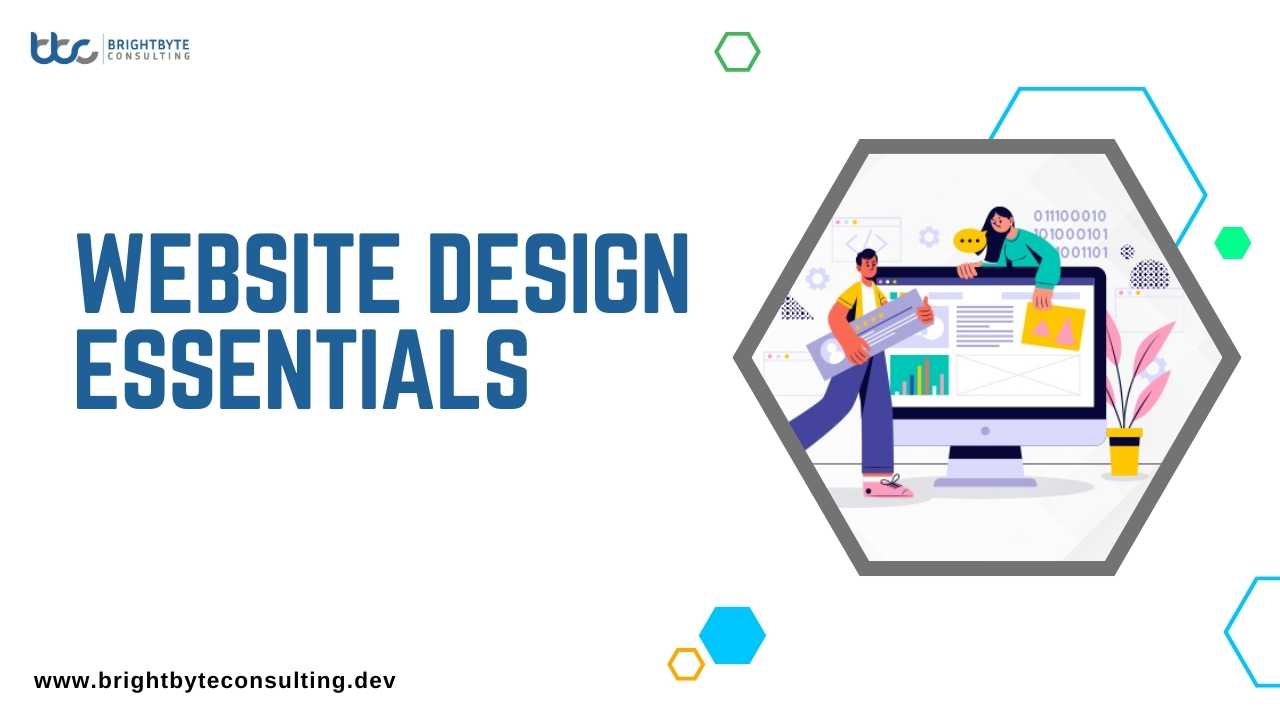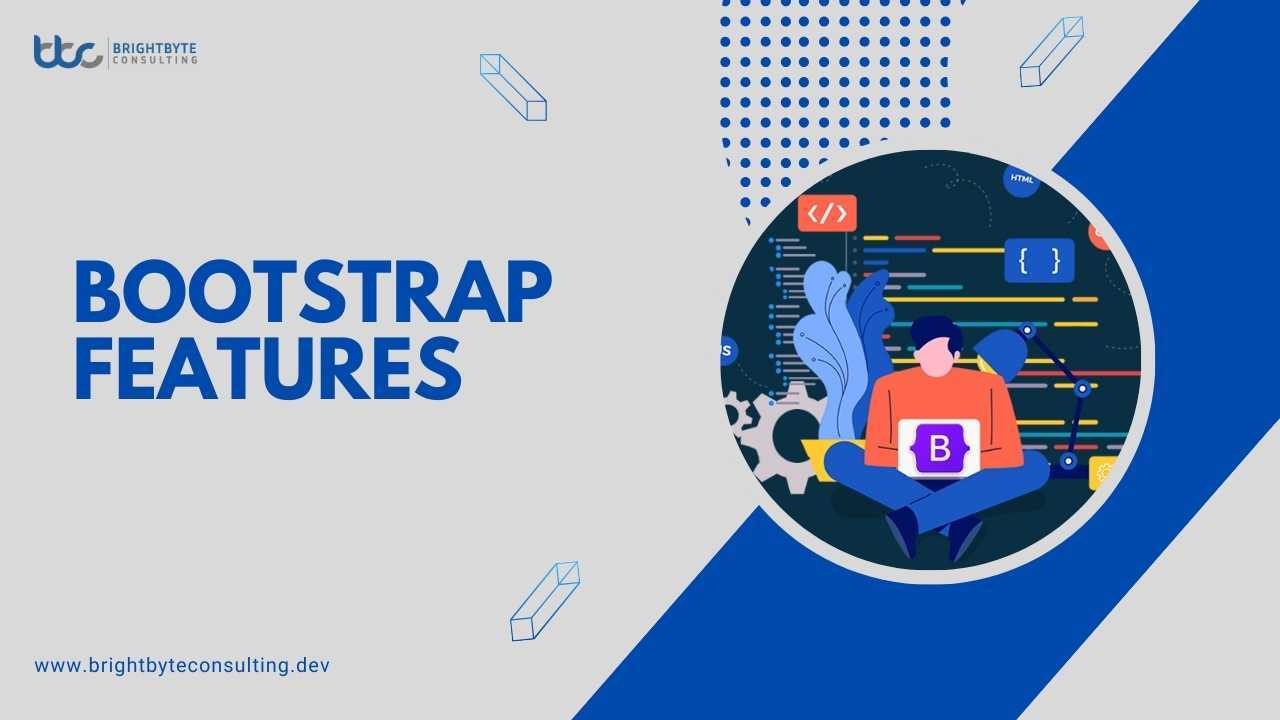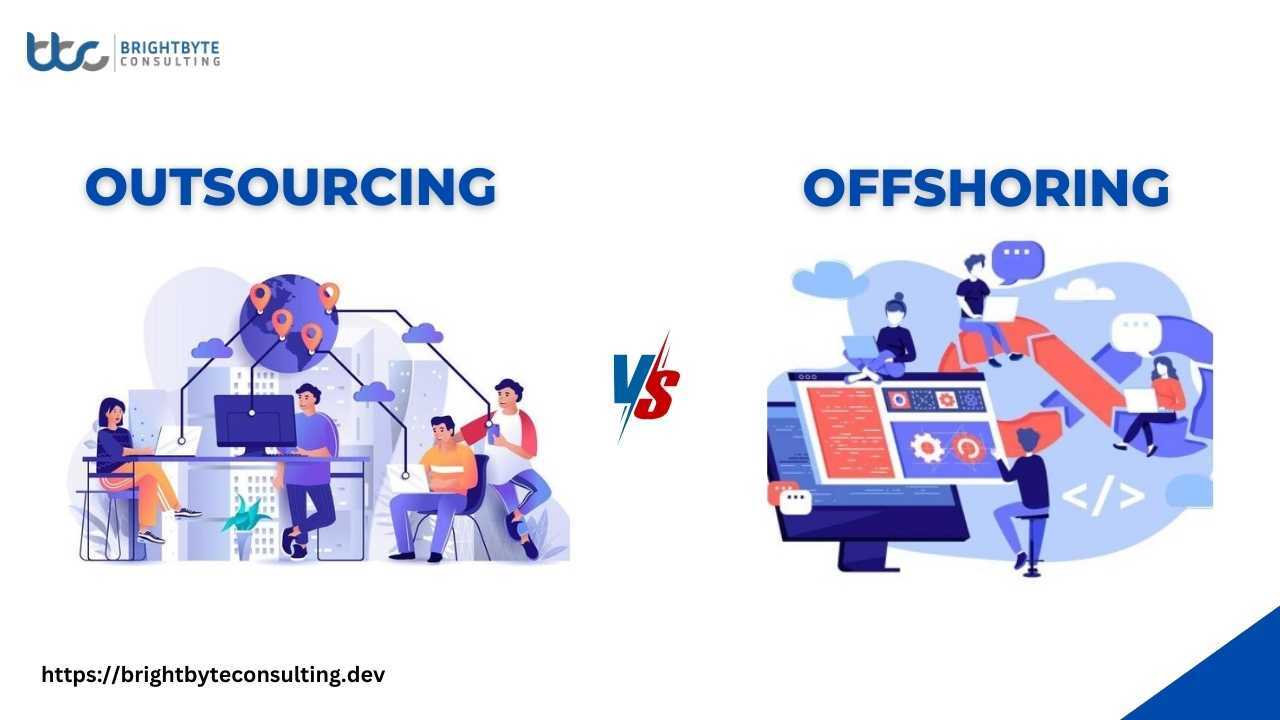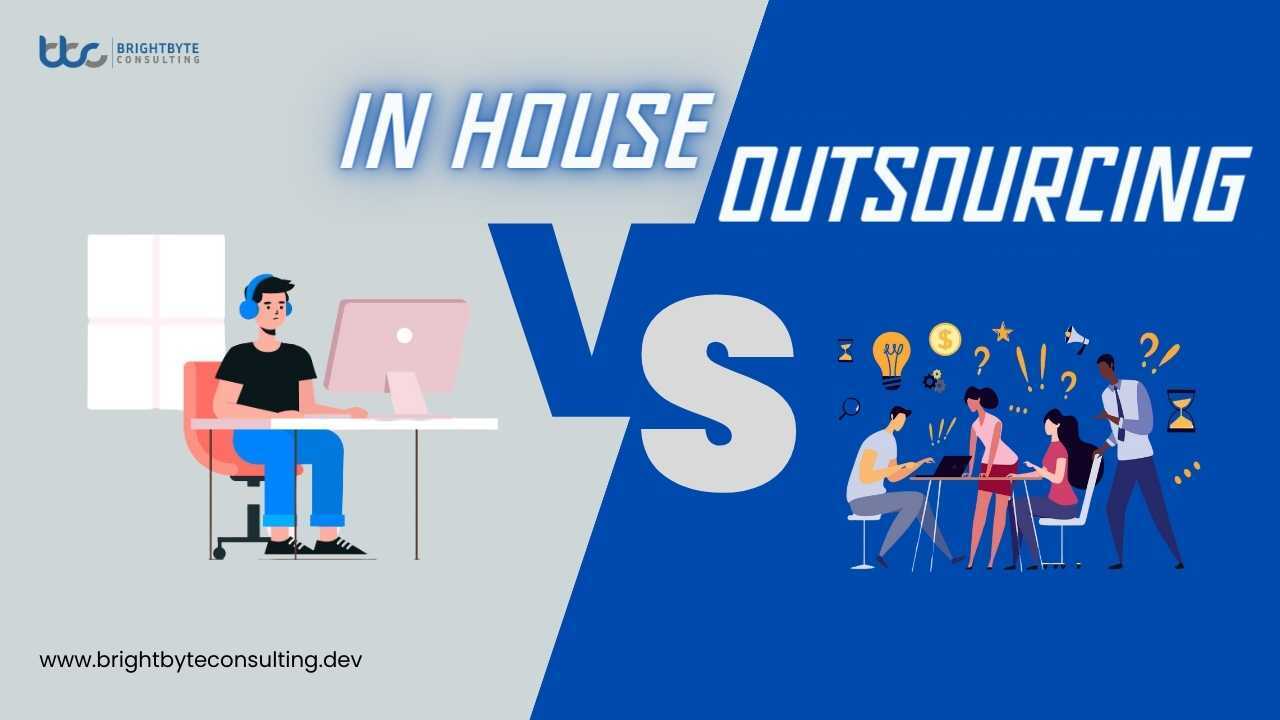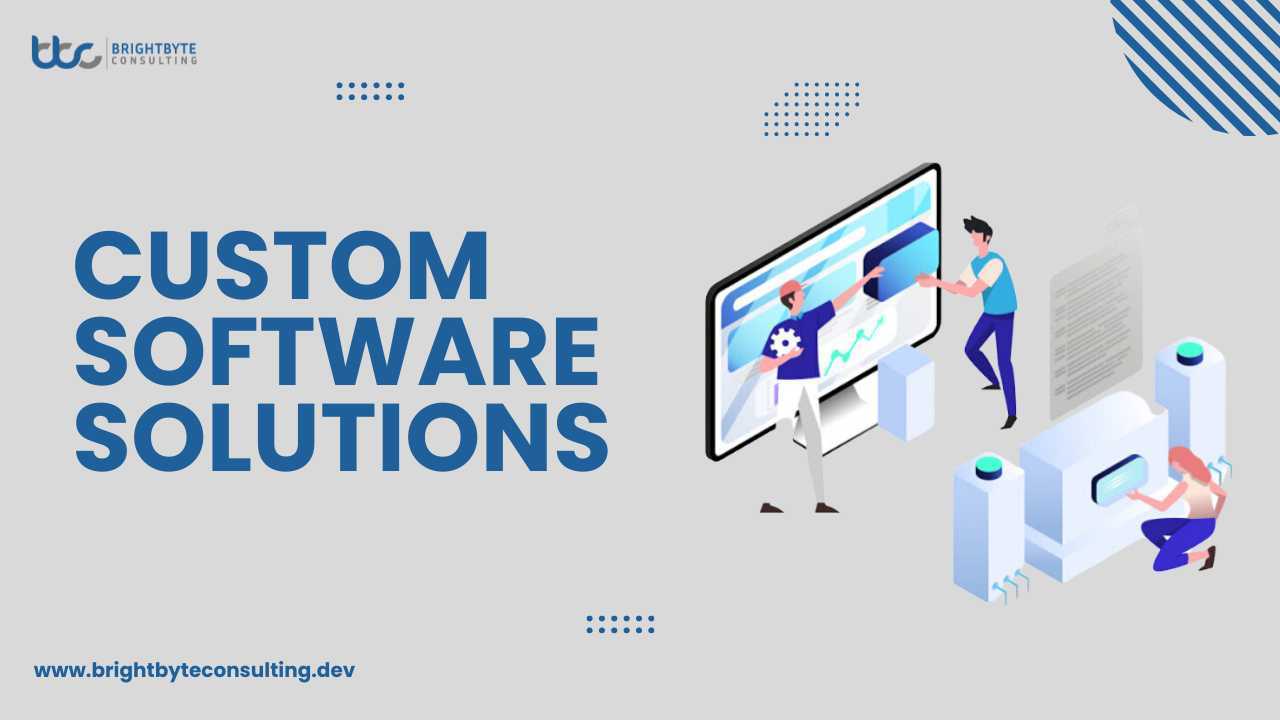Nowadays, many traditional businesses are going online to reach more customers. But just having a website isn’t enough. With so many websites out there, you need to stand out and build trust with your customers. One way to do this is by making sure your website looks great and gives people what they want. If you’re wondering what web design is and why it’s important, keep reading to find out.
What is Website Designing?
Web design is all about how websites look and feel. It’s about making sure users have a good experience when they visit a website. In the past, web design was mostly about desktop browsers, but now it’s also about making websites look good on mobile phones and tablets.
Key Elements of Website Design
Visual Elements:
- Fonts: Choose fonts that are easy to read and match the tone of your website.
- Colors: Use a cohesive color scheme that reflects your brand and enhances readability.
- Shapes: Incorporate shapes and visual elements that add visual interest without overwhelming the design.
- Layout: Arrange content in a logical and visually appealing manner to guide users through the website.
- Icons: Utilize icons to improve navigation and communicate information effectively.
- Logos: Display your logo prominently to reinforce brand identity and recognition.
- Images: Select high-quality images that complement your content and engage users.
- Video: Integrate videos strategically to provide additional context or showcase products/services.
Functional Elements
- Navigation: Design intuitive navigation menus to help users easily find the information they’re looking for.
- User Interaction: Ensure a seamless user experience by minimizing distractions and unnecessary interruptions.
- Speed: Optimize website performance to ensure fast loading times and reduce bounce rates.
- Site Structure: Organize content in a logical hierarchy to facilitate navigation for both users and search engines.
- Cross-Device Compatibility: Make sure your website is responsive and functions well across various devices and screen sizes.
What Do Web Designers Do?
Web designers use their technical skills and creative knowledge to design and organize websites according to their clients’ needs. They’re experts in user interface (UI) and user experience (UX), ensuring that websites are both visually appealing and easy to navigate. Using programs like Adobe, CorelDraw, and Inkscape, they create graphics, animations, icons, and logos to enhance the website’s interactivity. Web designers focus on aesthetics, employing design principles like symmetry and color theory to engage visitors effectively. They also handle elements like fonts, images, videos, and layout using coding languages.
Difference Between Responsive and Adaptive design
| Features | Responsive Design | Adaptive Design |
| Definition | Fluid and flexible layout that adapts to any screen size | Predefined layouts tailored to specific screen sizes |
| Approach | Uses CSS media queries to adjust content | Uses predefined layouts based on screen size breakpoints |
| Flexibility | Highly flexible and adjusts to any screen size | Less flexible, limited to predetermined breakpoints |
| Development | Requires extensive testing across various devices | Requires testing for specific breakpoints only |
| Performance | May impact performance due to complex CSS rules | Generally faster loading times due to fixed layouts |
| Design Consistency | Ensures consistent design across all devices | May vary in design and layout depending on screen size |
| Maintenance | Easier to maintain as changes apply universally | Requires updating specific layouts for each breakpoint |
Key Features Of a Good Web Design
Consider the following features if you want to build a good web design:
- Users on the web behave similarly to customers in a store: they quickly scan pages, click on links that catch their interest, and leave if their expectations aren’t met.
- Quality content is valued over flashy design; users appreciate credibility and usefulness.
- Users tend to scan rather than read; they look for anchor points to guide them through content.
- Websites should aim for simplicity and clarity to minimize cognitive load and ensure easy navigation.
- Minimal user requirements lead to higher engagement; avoid forcing users into unnecessary actions.
- Visual elements should focus users’ attention on key areas of the website.
- Effective writing uses concise phrases, scannable layouts, and plain language.
- Simple designs with ample white space are easier to understand and navigate.
- Design should communicate effectively, using a clear and consistent structure.
- Conventional design elements enhance usability by reducing the learning curve for users.
- Usability testing should be conducted early and regularly throughout the design process to identify and address issues.
Conclusion
In conclusion, web design plays a crucial role in the success of any online venture. It’s not just about making a website look visually appealing but also ensuring that it provides a seamless user experience. By incorporating key elements such as visual aesthetics and functional usability, web designers can create engaging and effective websites that attract and retain users. Whether it’s through responsive or adaptive design, the goal is to build trust with customers and stand out in a crowded online landscape. With the right approach and attention to detail, a well-designed website can be a powerful tool for businesses to reach their goals and connect with their audience.
FAQs
What is web design?
Answer: Web design involves creating the visual appearance and layout of websites to ensure a positive user experience. It encompasses various elements such as colors, fonts, layout, and functionality.
Why is web design important?
Answer: Website design is important because it influences how users perceive and interact with a website. A well-designed website can attract visitors, enhance usability, build brand credibility, and ultimately drive conversions.
What do web designers do?
Answer: Web designers use their technical skills and creative expertise to design and organize websites according to client specifications. They focus on user interface (UI) and User Experience (UX) to ensure that websites are visually appealing and easy to navigate.
What is the difference between responsive and adaptive design?
Answer: Responsive design involves creating a fluid and flexible layout that adapts to different screen sizes, while adaptive design uses predefined layouts tailored to specific screen sizes. Responsive design is highly flexible, whereas adaptive design offers more control over design consistency.
What are the key features of a good website design?
Answer: A good web design prioritizes simplicity, clarity, and usability. It should have quality content, intuitive navigation, fast loading times, and cross-device compatibility. Visual elements should focus users’ attention on key areas, and effective writing should use concise language and scannable layouts.
How can I ensure my website meets user expectations?
Answer: To meet user expectations, focus on providing valuable content, intuitive navigation, and a seamless user experience. Conduct usability testing regularly to identify and address any issues, and incorporate feedback from users to continuously improve your website.

